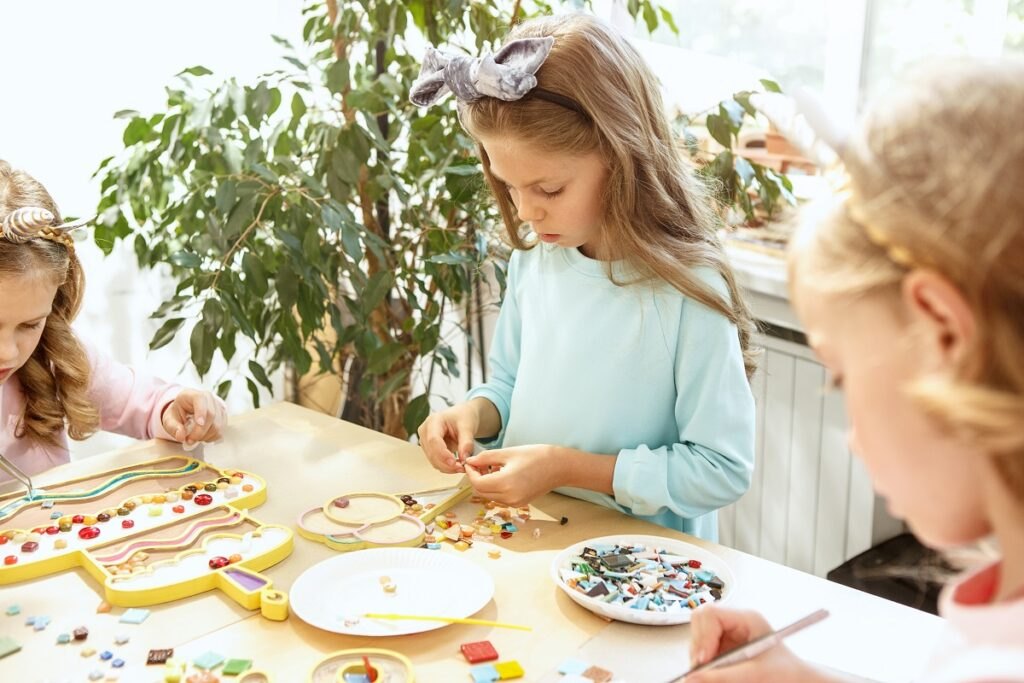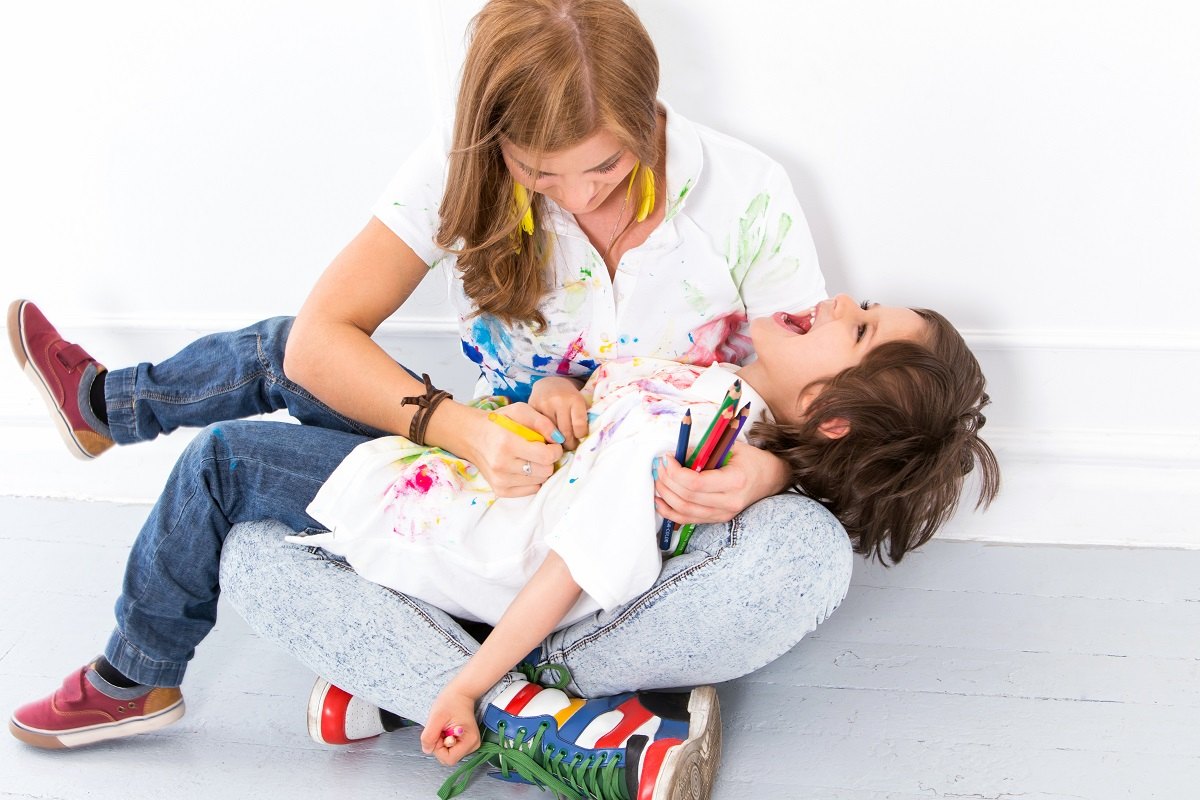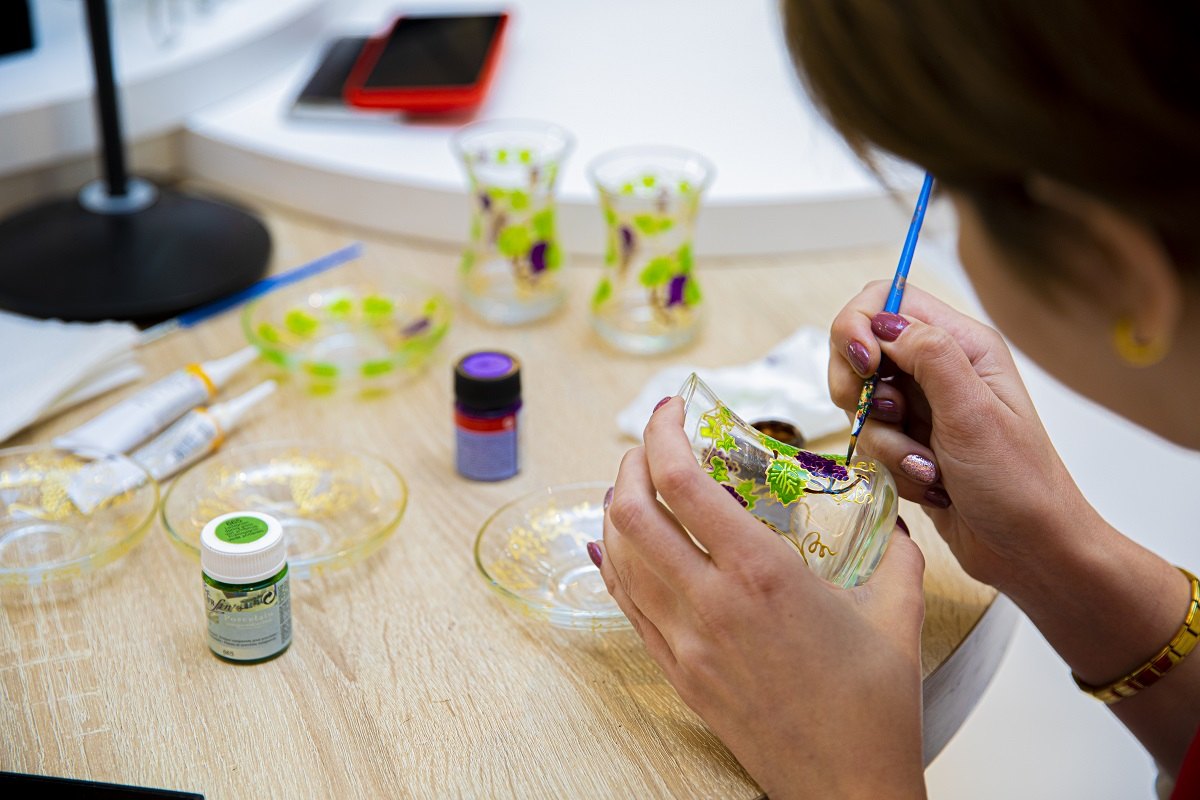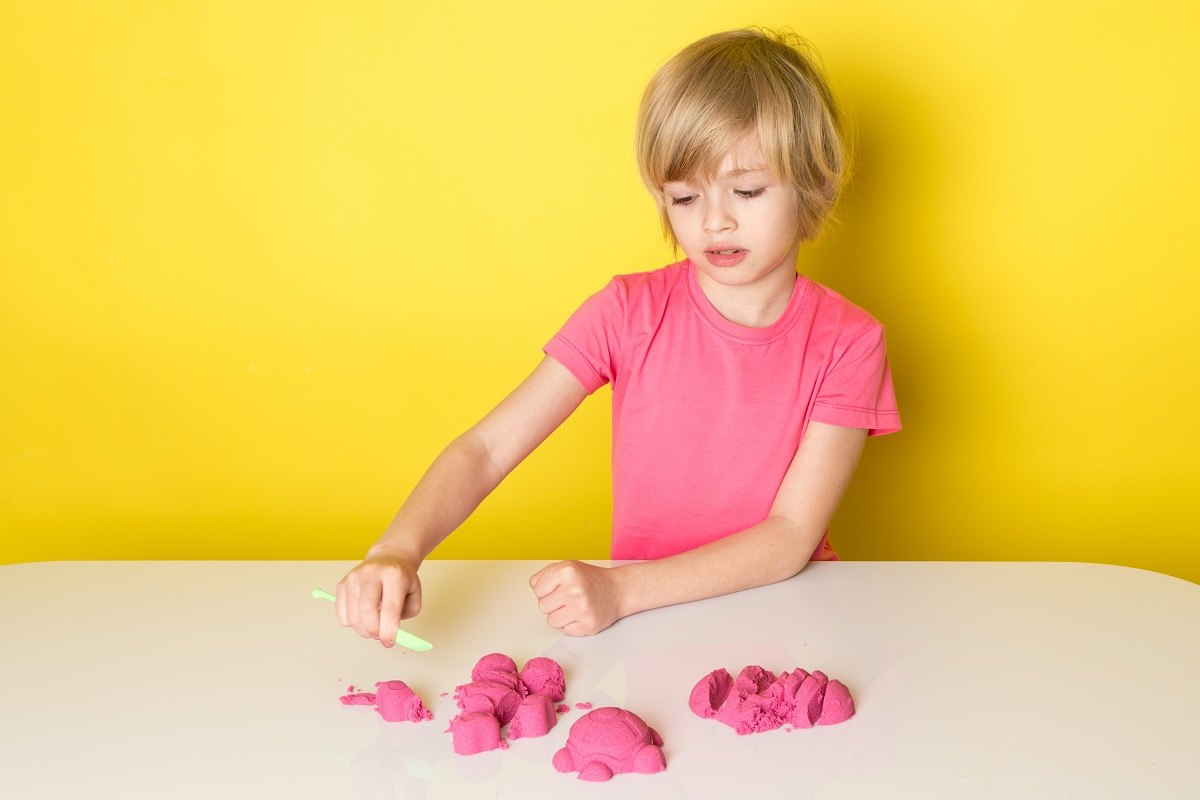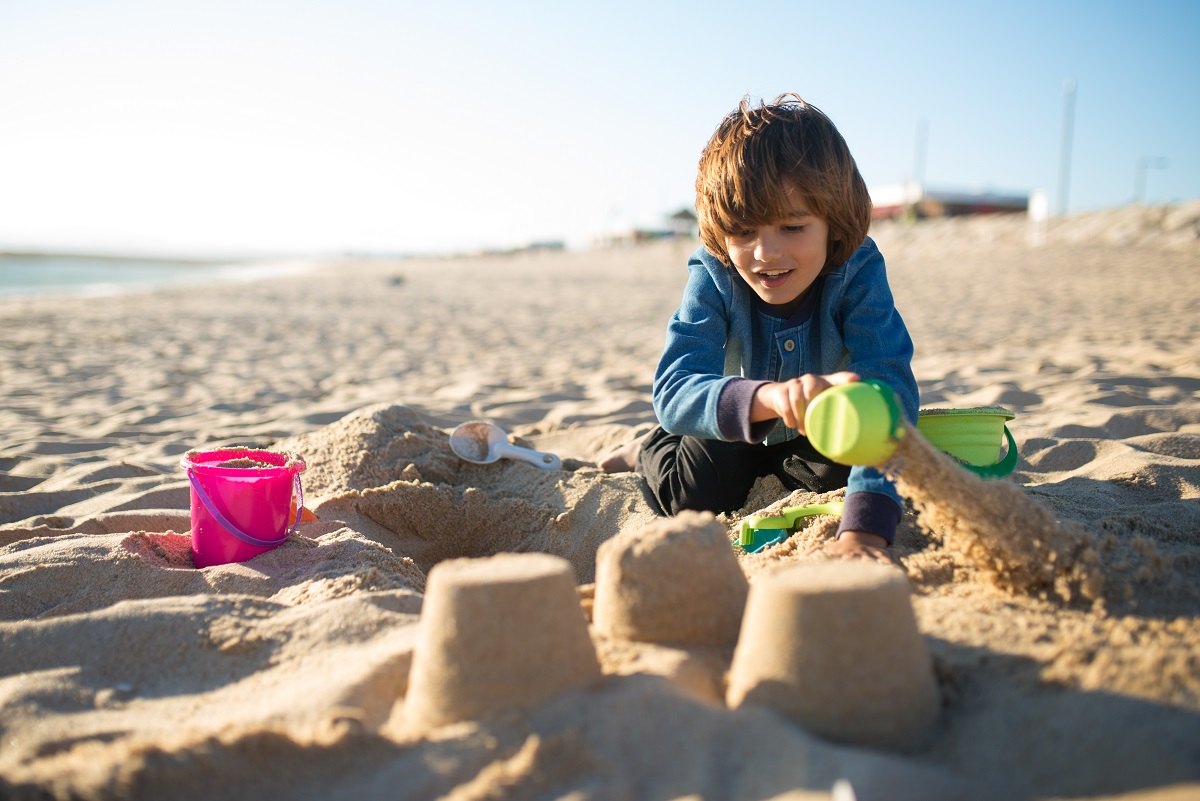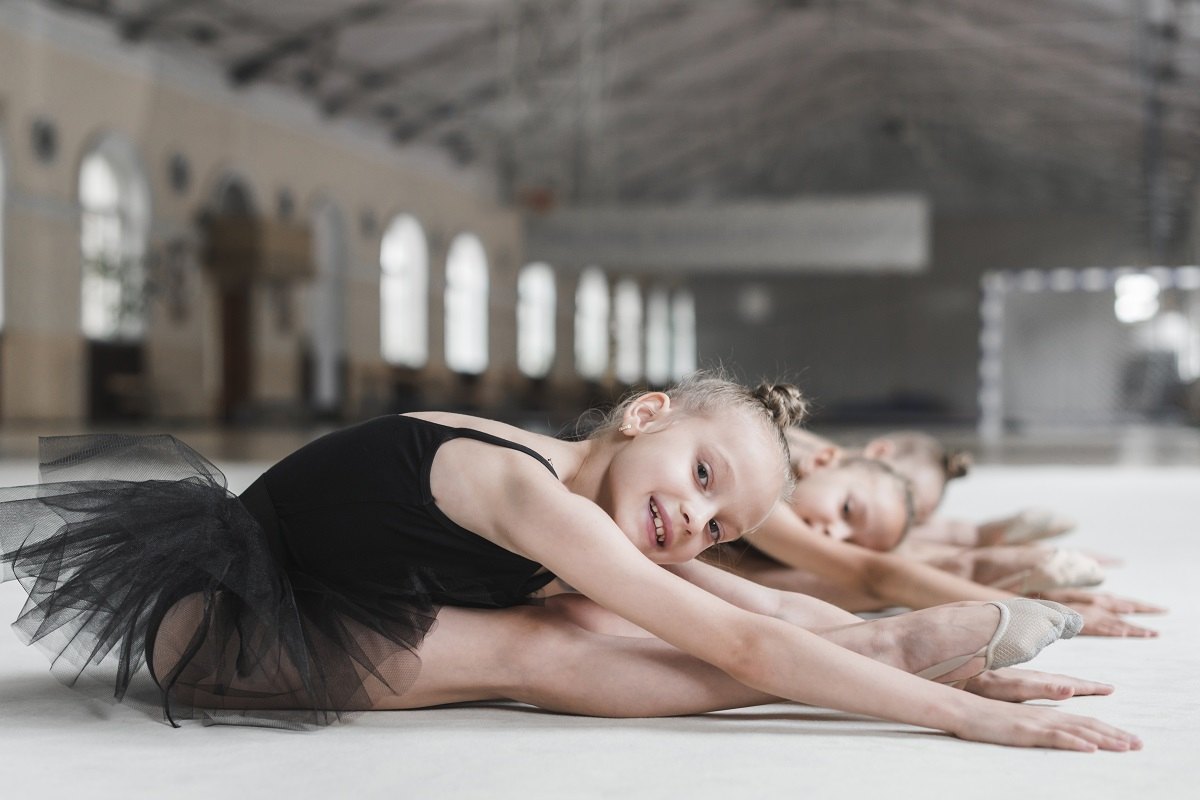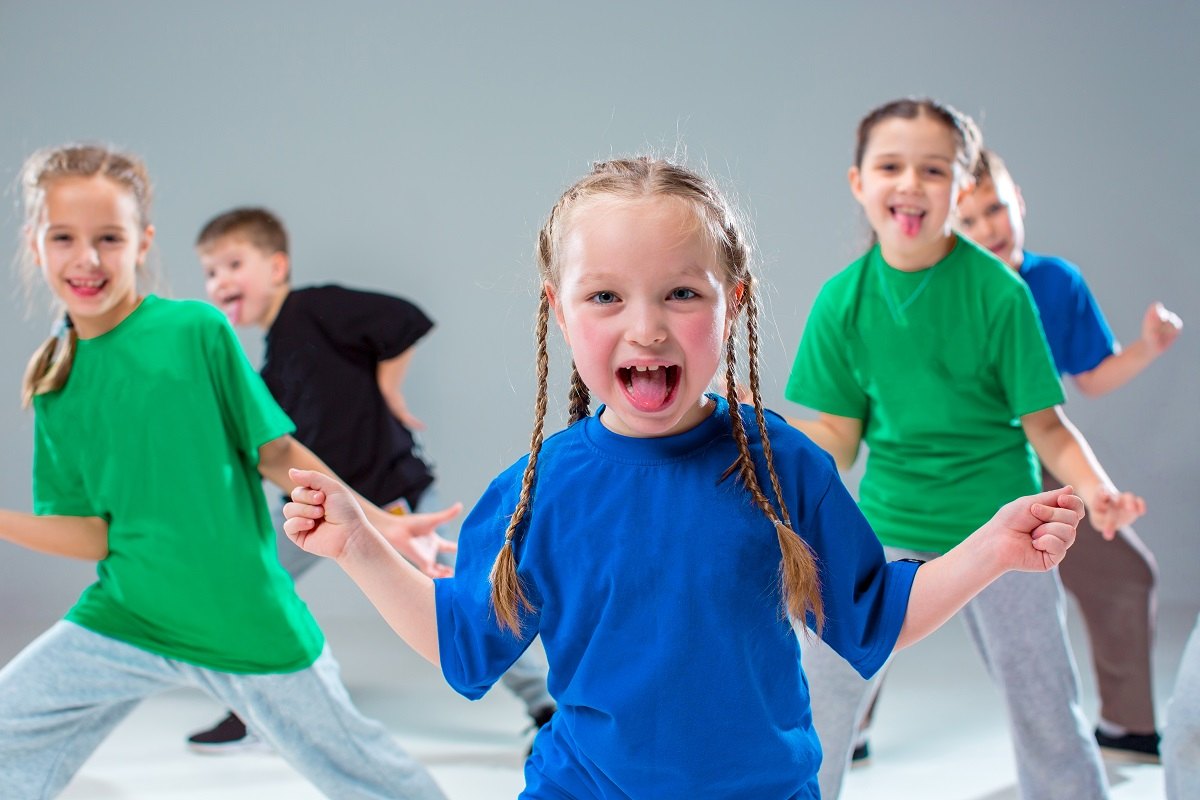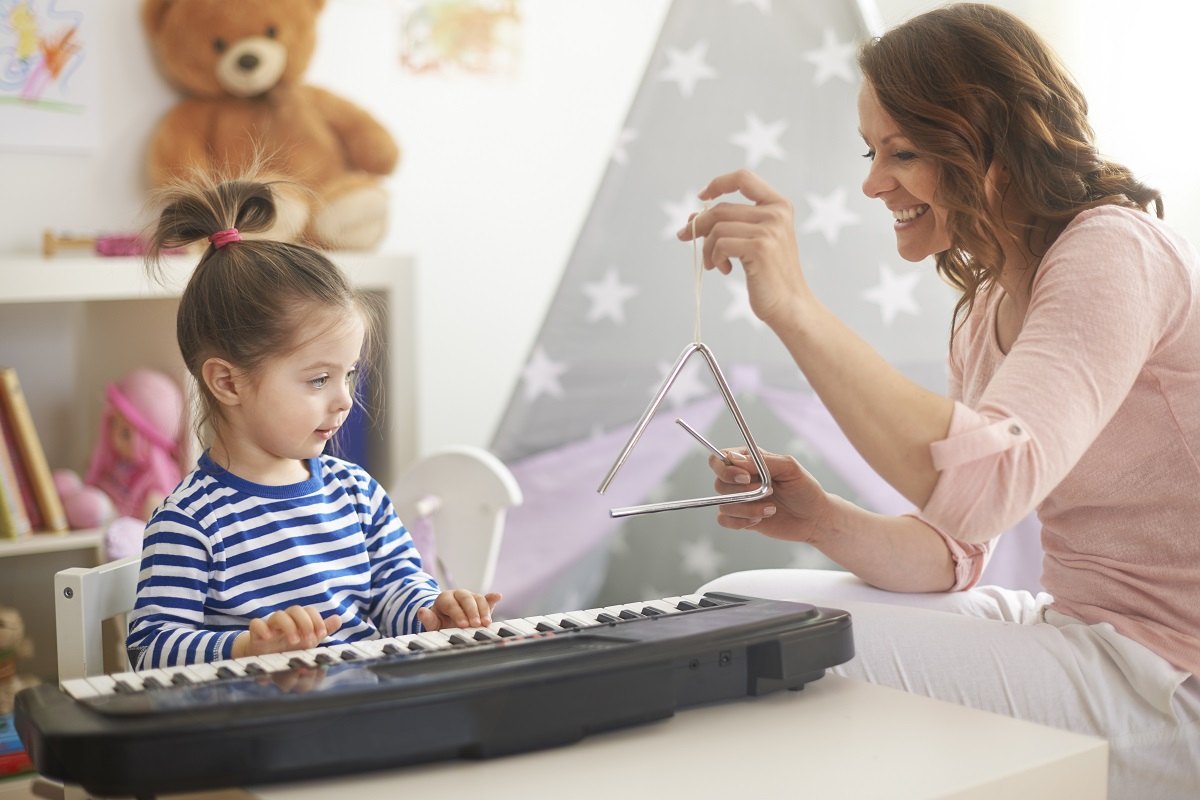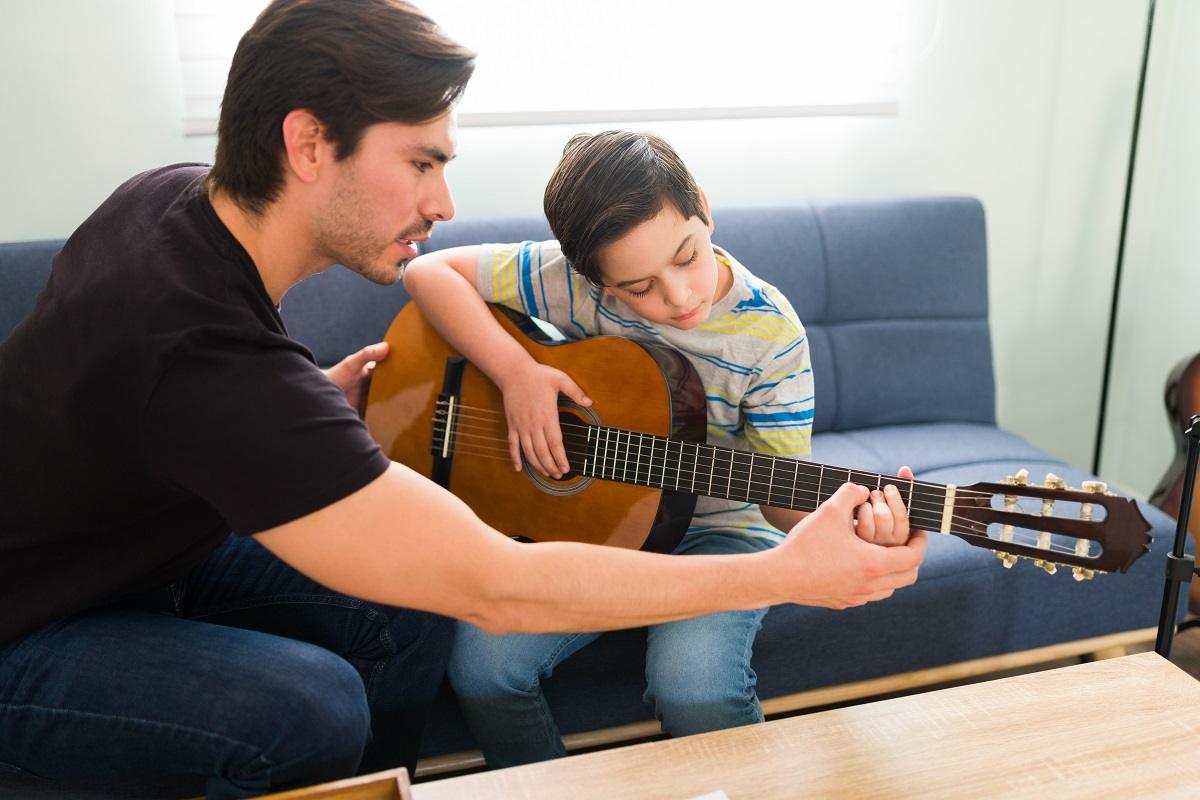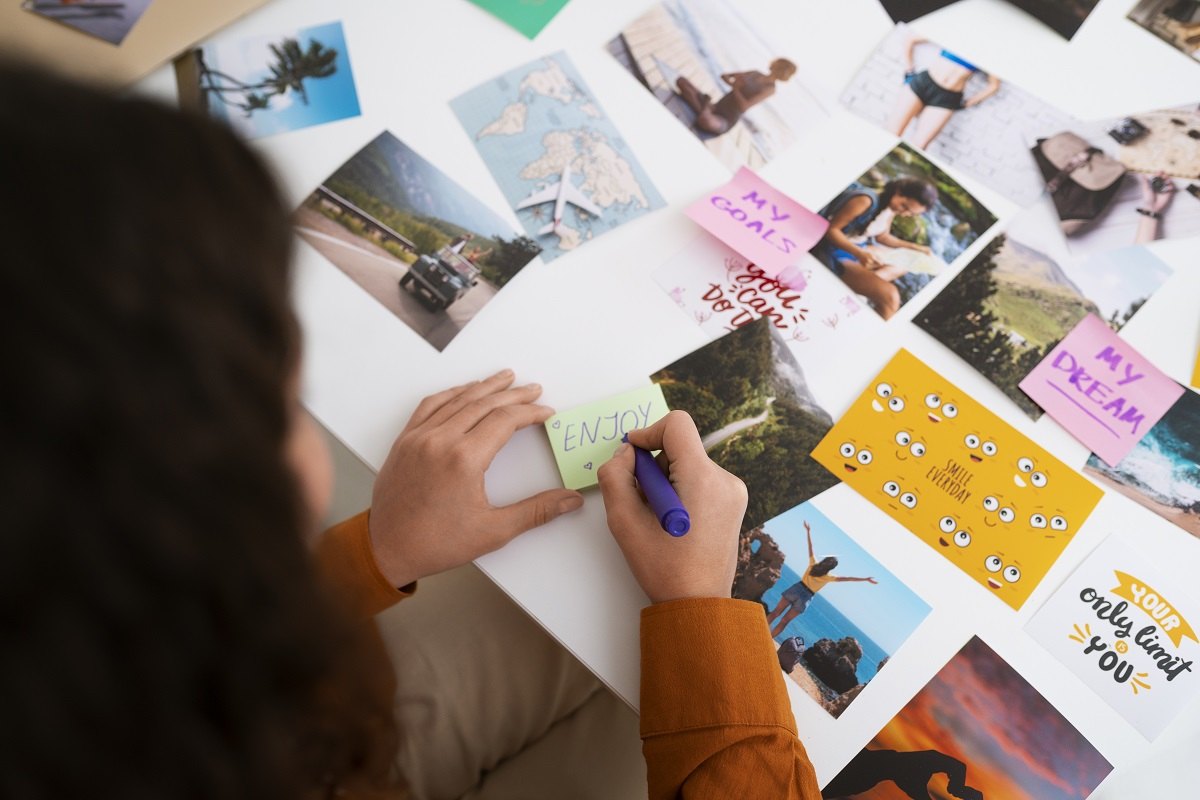Hello everyone! Today I would like to talk to you about the fascinating field of art therapy for children. Children often experience many emotions that can sometimes be difficult to express in words. Art therapy can be a wonderful tool that helps children express their feelings and emotions through art. In this article, we present several fascinating art therapy techniques for children that are both fun and helpful.
Art Therapy
Art therapy is a form of artistic therapy that uses painting as a tool for expressing emotions and self-discovery. Children love playing with paints and brushes, and art therapy gives them the opportunity to creatively express their thoughts and feelings.
Art therapy has many benefits. First of all, it is a way to express emotions that are not always easy to describe in words. Children can paint pictures that reflect their joy, sadness, fears, or other feelings, giving them the chance to process and express these emotions in a safe and creative way.
Secondly, art therapy helps children build self-confidence and a positive self-image. Through creative painting expression, children learn to appreciate their artistic skills and take joy in their own achievements. This boosts their self-confidence and develops their sense of self-worth.
Art therapy also has a positive impact on motor development and coordination in children, supporting cognitive development and creativity in children. While painting, children use various brush movements, which positively affects their manual skills and movement precision, visual perception, as well as planning and problem-solving abilities. It’s a fantastic form of development for young artists!
Art therapy can also serve as a tool for communication and interaction. The therapist can ask the child to describe their drawing, which allows for a conversation about the emotions and experiences related to the artwork. This builds a bond between the therapist and the child and enables a deeper understanding of their needs.
Art therapy is easily accessible and can be practiced at home. All you need to do is provide the child with appropriate materials, such as crayons, paints, brushes, and paper. You can also create a pleasant and creative environment where the child has the freedom to express their art.
It is important to remember that art therapy is not about judging or evaluating the child’s artistic skills.It’s more about the process of expressing oneself and exploring emotions through art. All works of art are important and valuable because they are an expression of the child’s inner world.
Sand therapy sessions can be conducted by qualified therapists who create a friendly and accepting environment for children. Therapists help children discover and understand their creative works, supporting the process of reflection and discussion about their artistic work.
Sand therapy is available to all children, regardless of their artistic abilities. It is important to emphasize the creative process and the artistic expression itself, rather than perfection or aesthetic criteria. It is about self-expression and developing emotional skills.
Sand Therapy
Sand therapy is an extraordinary method that allows children to express their emotions, thoughts, and experiences using sand and figurines. It is a safe and creative tool that gives children the opportunity to explore their inner selves and build stories in a sandy land.
How does sand therapy work?
The child has access to a special box of sand and various figurines, such as little people, animals, or objects. Using these figurines, the child can create scenes, landscapes, and situations that reflect their feelings and experiences.
Sand therapy has many benefits. First, it gives children the opportunity to express themselves in a non-verbal way. Often, children have difficulty talking about their feelings or experiences. Sand therapy allows them to convey their emotions through images and symbols in the sand.
Second, sand therapy supports the emotional and social development of the child. Working with sand gives children the chance to independently explore their inner world. They can build, transform, and manipulate the sand, which helps them understand and process their emotions.
Sand therapy can also help children cope with difficulties, fears, or traumas. The sand provides a safe environment where the child can experiment, control, and transform their experiences. This enables them to find a path to emotional health.
It is important that sand therapy is conducted by a qualified therapist who has the appropriate skills and experience. The therapist helps the child discover and interpret symbols and supports them in the therapeutic process.
If you want to try sand therapy at home, it’s worth creating the right conditions. You need a box with clean sand and various figurines. You can also use stones, shells, and other natural elements. Remember to create a calm and safe place for the child, where they will feel comfortable.
Dance Therapy
Children love to dance. It is their natural way of expressing joy, energy, and emotions. Dance therapy utilizes this natural inclination to movement to help children in their development and emotional health.
Dance therapy has many benefits. First, it is a form of self-expression that does not require words. Children who have difficulty talking about their feelings can find a way to express their emotions and experiences through dance. Body movement and gestures can be much more expressive than words.
Second, dance therapy helps children build self-confidence and improve self-esteem. By learning different dances and movements, children acquire new skills and gain confidence in their bodies. This is very important, especially for children with low self-esteem or those experiencing difficulties in social interactions.
Dance therapy also has a positive impact on children’s physical health. Regular dancing improves fitness, motor coordination, and body flexibility. Moreover, it is a great form of physical activity that contributes to overall well-being and stress reduction.
If you are wondering what a dance therapy session for children looks like, it usually takes place in a group, led by a professional dance therapist. The therapist provides a friendly and accepting environment where children can freely express themselves through movement.
Dance therapy sessions for children can be diverse. They may include improvisation, choreography, movement games, and many other fun activities. The therapist tailors the activities to the needs and abilities of each child, creating an individual therapeutic plan.
It is also important to remember that dance therapy is not only for children with emotional problems or learning difficulties. It is for all children who wish to explore themselves and the world through movement and dance.
Music Therapy
Music therapy is a therapeutic method in which music becomes a tool for improving mental and emotional health. For children, it can be particularly effective, as music is a natural way to express oneself and connect with others. Its beneficial impact on cognitive, social, and emotional development is widely known and appreciated.
During music therapy, children have the opportunity to experiment with various instruments, sing, dance, and create music. This allows them to express their emotions, discover their talents, and develop social skills. An important element of music therapy is also the contact with the therapist, who helps the child discover and understand their own feelings and supports them in the development process.
Music therapy is particularly helpful for children with developmental disorders, such as autism, ADHD, or speech delays. Music has the ability to alleviate the symptoms of these disorders and stimulate the development of communication and social skills. Children learn to express themselves, listen to others, and collaborate in a group, which is extremely important for their further development.
Moreover, music therapy can be used as support for children with experiences of trauma or emotional difficulties. Music provides them with a safe and expressive tool for expressing and feeling their emotions. Joint musical practice creates an atmosphere of acceptance and understanding, allowing children to find relief and strengthen their mental resilience.
If you are interested in music therapy for your child, it is worth consulting with a qualified music therapist. Many therapists offer individual therapy sessions or lead therapeutic groups where children can develop their skills and connect with peers.
Collage
A collage is a technique that involves creating images using various materials, such as pieces of paper, fabric, stickers, and sometimes even elements from nature, like leaves or shells, etc. Children can create collages by arranging elements in a way that best reflects their emotional state. Collage allows children to explore their imagination and creative possibilities. Creating collages gives children the opportunity to express their creativity and fantasy. Gluing, arranging, and combining elements of the image is a way to build narratives and express emotions in space.
Why is collage so beneficial for children? First of all, it is a great way to develop manual skills and hand-eye coordination. Children practice precision in their movements, focus on details, and learn to manipulate various objects. It is a wonderful opportunity to also develop planning skills and create visions.
Collage is also an excellent way to express emotions and feelings. Children can create images that reflect their mood, state of mind, or simply what they feel at that moment. In this way, they can discover and understand their emotions, as well as learn to cope with them in a creative and positive manner.
How can you start your collage adventure in the comfort of your home?
- Gather various materials. These can be colorful magazines, notebooks, stickers, fabrics, pieces of yarn – anything that is safe for children and can serve as a collage element.
- Choose a theme. It can be something related to favorite animals, travels, dreams – anything that stimulates the child’s imagination. Encourage them to tell a story through the collage.
- Let the child experiment. There are no wrong ideas or mistakes here. Collage is a creative process, so let the child feel free and confident that their creativity is valuable.
- Practice collage together. This is a great opportunity to spend time together and build bonds. You can talk about the images being created, ask questions, and discover new aspects of your child’s imagination.
Art therapy is not only an exceptionally enjoyable form of activity for children, but also an effective therapeutic tool. It gives them the opportunity to express their emotions, discover themselves, and cope with difficulties in a friendly and supportive environment. If you are wondering how to help your child express their emotions, art therapy can be a fascinating and helpful path worth exploring.
Has your little one tried art therapy yet? Share your experiences and thoughts in the comments!
